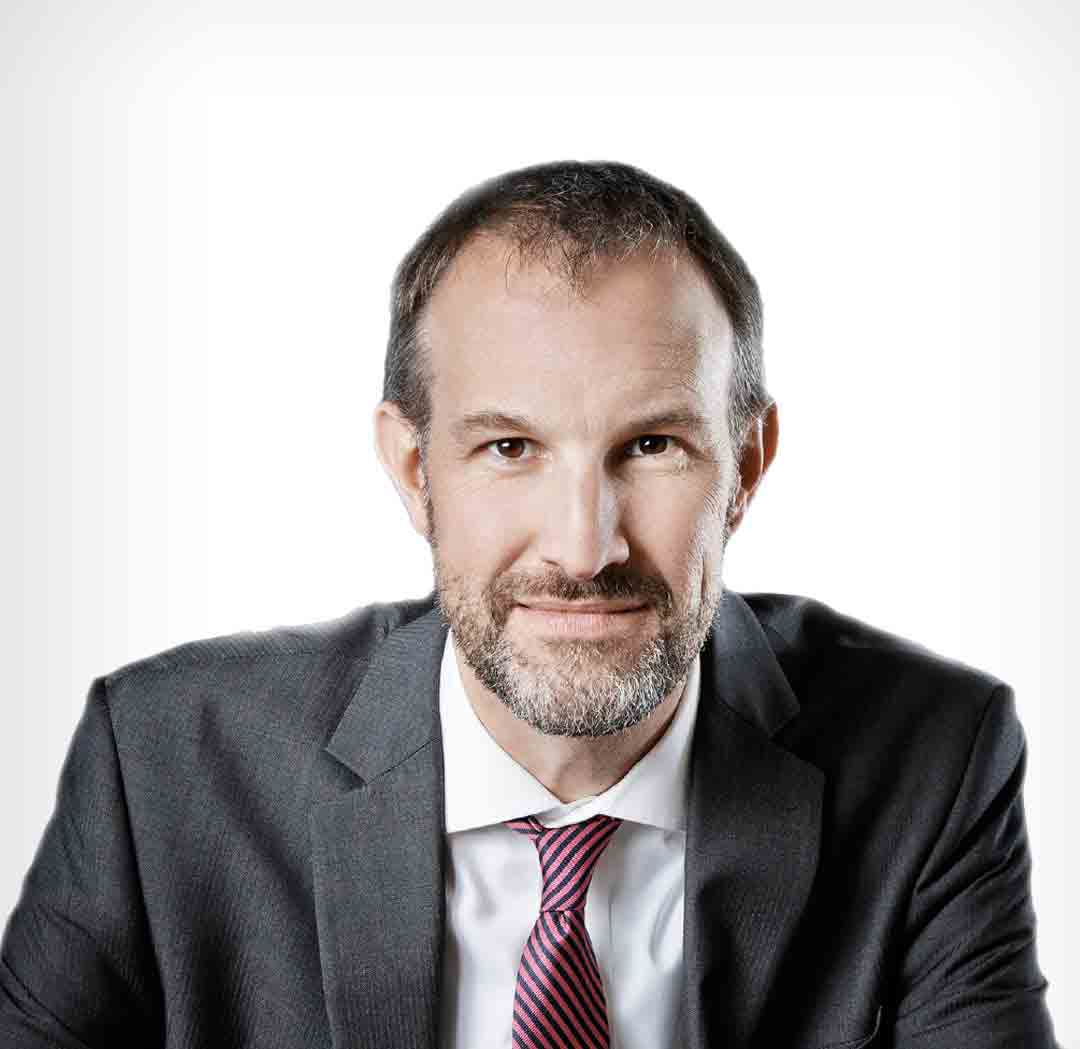James Dunning, Transformance
Time and again we hear a familiar story: Tales ofhard-working Americans who are overwhelmed by debt, have little or nothing insavings, and are on the verge of disaster when the next emergency strikes. Theindividuals and families are often stuck in a downward economic spiral due topoor decisions and unforeseen circumstances.
Recent studies support what we hear: More than 40 percent ofthe U.S. population lives in “liquid asset poverty” and 30 percent routinelyuse non-bank borrowing. That’s 140 million people who are struggling to keep upwith rising costs and often borrowing against future income to make ends meet.Another frightening fact is that more than half of the U.S. population hassub-prime credit – which means they’re paying even more than they should inhigh interest rates.
Making more money isn’t necessarily the answer. A recentsurvey from GoBankingRates.com revealed that even individuals making sixfigures don’t have as much saved up as they should. Too many of us are spendingmore than we should or over-using our credit cards – regardless of how much wemake.
At Transformance,we stress the need for consumers to better understand their credit scores, togain knowledge in how credit and budgeting works, and learn basic steps toincreasing their financial stability. We do this through one-on-one coachingsessions, workplace seminars, and tailored webinars. We also disseminate a lotof material – both online and in print – for free, so we can empower those inour community to make more informed decisions for themselves and theirfamilies. Transformance Navigators can also steerclients to local services we access through SpringFour.
But setting things right financially isn’t simply aboutfinding the money you need to pay down mounting credit card debt or tucking afew extra dollars away for that inevitable “rainy day.” One of the things we’velearned from the stories we’ve heard is that many situations are a result ofpoor financial behavior – behavioral habits that have been passed from previousgenerations, often creating a legacy of poverty or crises.
When individuals connect with our non-profit organization,we immediately schedule a coaching session and begin to look beyond just theimmediate issues. Transformance clients and our certified coaches will:
· Discuss life-changing events or triggers
· Complete a detailed review of the client’s income, expenses, and bills
· Review existing credit report and score, comparing past behavior and discussing tips for improvement
· Discuss savings goals
· Discuss debt reduction
· Create a spending plan, reviewing options based on the client’s financial situation
· Prioritize goals and finished with a Client Action Plan, detailing the next steps needed to make those goals a reality
Walking hand-in-hand with those who need help, our agency has seen a positive change in the lives of many. On average, Transformance raises credit scores by 61 points and lowers debt by $580 per month. We’ve helped our clients achieve this by creating relationships, meeting with them one on one (or online, if they prefer), and encouraging them to make lasting behavioral changes.
SOURCES: Assets and Opportunity Scorecard 2015; FINRA Investor Education Foundation National; Bloomberg.com
Author
JAMES DUNNING is the digital marketing manager, creative director, and storyteller at Transformance. A former newspaper journalist, James has worked in communication roles with non-profit and education organizations for the past 15 years.
TransformanceInc., is a 501(c)(3) nonprofit founded in 1974, and is a United Way ServiceProvider as well as a HUD-approved multistate housing counseling and education organization. The agency is formally accredited every four years by the Council on Accreditation for Children and Families (COA) to ensure compliance with top industry standards and best practices. The agency has its headquarters in Dallas, Texas, with satellite offices in Arlington; Austin; Amarillo and Ardmore, Oklahoma.



Recent Comments